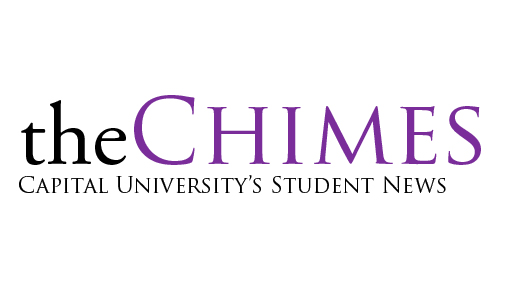by Aaron Butts
Many students may be unaware that Capital used to have campuses outside of Columbus. In fact, less than ten years ago Capital had numerous branches across Ohio.
“That is an interesting and complicated story,” History professor Andrew Carlson said.
Carlson was just one of the professors who used to teach at Capital’s adult and graduate campus in Dayton.
“Those of us who worked in the programs really enjoyed it,” Carlson said. “In fact, Capital’s Adult Degree Program was nationally recognized for the quality of the teaching and faculty. Almost everyone on the faculty did applied and reflective research related to teaching. Students were very loyal to the ADP (which was later renamed the Center for Lifelong Learning). Our main program areas were Professional Studies, Social Work, and Business. For a while there were also many multi-disciplinary majors.”
Despite their reputation, however, the alternate campuses were plagued with trouble. English professor Gloria Still taught at the Cleveland campus before being transferred to the main campus and explained that she and her colleagues had to overcome a few hurdles.
“Those who were part of the Adult Degree Program worked hard to overcome its weaknesses (over-stretching of faculty in providing independent study opportunities) and to develop its strengths, including a portfolio option for those who had achieved academic competency through work and alternative experience,” Still said.
This option, she explained, was championed by current provost Richard Ashbrook who acted then as the assistant dean. The alternate campuses were short-lived.
“Capital acquired four programs around 1979, I believe,” Carlson said. “The thought was that these programs, which focused on adult learners using alternative learning modalities, would be profit centers for the university. They did produce something in the order of 1 million dollars a year profit for about 20 years. The total adult student population topped out at about 1000 but waned in the later years to about 700. One center (I think in Toledo) was let go early on.”
Beyond Toledo, Columbus, Dayton, and Cleveland also had campus locations. The Dayton branch was first located in the historic Brownell Hall, which was once known as one of the most multiethnic schools in the country according to Still.
“A few years before the center was closed, we moved to a more expensive location and a big investment was made in office and classroom furniture, some of which I see from time to time on our Bexley campus,” Still said.
According to Carlson, this only amplified the university’s preexisting problems.
“The Fredrickson-Ney administration made a big mistake in 2003-2004 when they vastly expanded capacity in these programs and in their Downtown Center,” Carlson said. “They rented new, more expensive office space, hoping that they could double or triple the student population. It turned out this contributed to the university’s financial crisis.”
Carlson also thought that Capital was neglecting one of its more successful aspects.
“In my view, it was a mistake to close the Dayton and Cleveland Centers – financially and institutionally,” Carlson said. “Capital had something good that it will not be able to re-create.”
After the closing, tenured professors were transferred to the main campus and many of those professors remain today, the last remnant of an era when Capital was an academic empire within Ohio. As rumors fly about the financial problems of Capital’s last satellite campus, the law school, one can only speculate the course of action that might be taken by the administration in the future to cut losses to save the university.
by abutts@capital.edu

